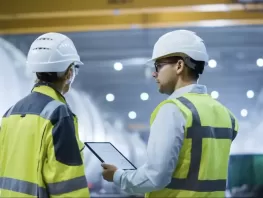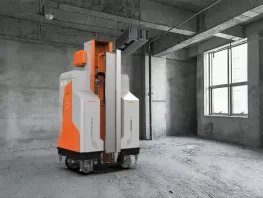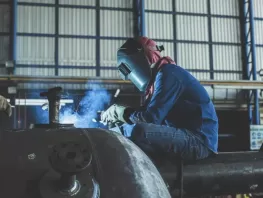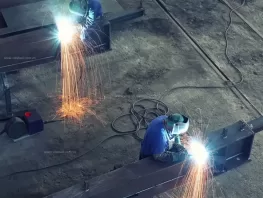
5 Reasons to Use Industrial-Grade Flooring in Your Restaurant
Posted Dec 02, 2024 by Dave Scaturro

Your restaurant’s flooring is more than just a design element—it’s a critical part of keeping your operations running smoothly. From withstanding heavy foot traffic to maintaining a clean and safe environment, the right flooring solution makes a big difference. This is why industrial-grade flooring is an ideal choice for restaurant owners. Durable, easy to maintain, and cost-effective, it delivers exceptional performance in high-stress environments. Here are 5 key reasons why industrial-grade flooring is the best investment for your restaurant.
1. Exceptional Durability
Restaurants are busy environments. Between heavy foot traffic, sliding chairs, moving equipment, and accidental spills, your flooring takes a beating every day. Industrial-grade flooring, like epoxy or urethane coatings, is specifically designed to handle these challenges without cracking, warping, or wearing down.
By investing in durable flooring, you reduce the need for frequent repairs or costly replacements, saving both time and money in the long run.
2. Easy to Clean and Maintain
Maintaining cleanliness is non-negotiable in any restaurant. Industrial-grade flooring simplifies this process. Its non-porous and seamless design resists stains, grease, and any kind of spill you can throw at it, making it far easier to clean compared to porous materials like tile grout or wood. Plus, reduced maintenance means lower long-term costs—another advantage for your bottom line.
3. Enhanced Safety and Slip Resistance
Between wet floors, grease from kitchens, and fast-moving staff, the risk of slips and falls is high in the restaurant world. Industrial-grade flooring can be customized with slip-resistant finishes that significantly improve traction, reducing the chance of accidents.
This added safety feature also ensures compliance with OSHA standards and creates a safer environment for both employees and customers.
4. Improved Aesthetics
While functionality is essential, your restaurant’s appearance matters, too. Industrial-grade flooring offers a wide range of customizable options, from colors to finishes, allowing you to enhance your space’s design. This balance of form and function ensures that your flooring contributes to a clean, professional, and visually appealing atmosphere that enhances the dining experience for your customers.
5. Cost-Effective Long-Term Solution
While the upfront cost of industrial-grade flooring may be higher than traditional options, it pays off in the long run. Here’s how:
Lower Maintenance Costs: Minimal upkeep compared to other flooring types.
Fewer Repairs: High durability means fewer cracks, chips, or replacements.
Reduced Downtime: Durable flooring minimizes disruptions caused by flooring repairs.
By choosing industrial-grade flooring, you’re investing in a long-term solution that saves you money and ensures uninterrupted operations—allowing you to focus on what matters most: delivering great food and service.
Final Thoughts
From durability and safety to aesthetics and cost-effectiveness, industrial-grade flooring checks all the boxes for a restaurant’s demanding needs. It’s a solution that works as hard as your team does, delivering performance, reliability, and value over the long term.
If you’re ready to upgrade your restaurant flooring and improve your operations, contact us today for a consultation. At Alpine Painting & Sandblasting, we provide expert solutions tailored to your business’s needs. Let us help you protect and enhance your restaurant with the right flooring investment.
